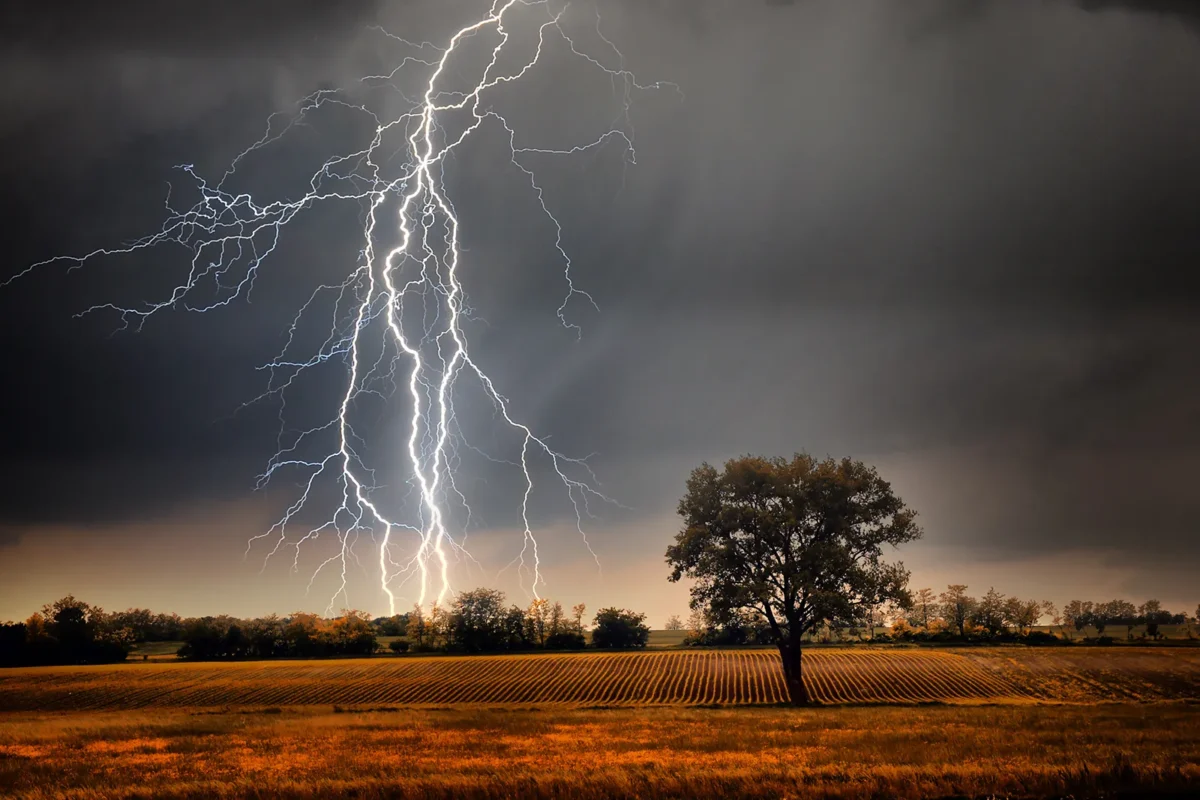Lightning: The Origin of Life?

Scientists have long investigated the origins of life on Earth, with many theories pointing to asteroids or comets as sources of life’s building blocks. However, a team of chemists at Harvard University has uncovered evidence suggesting that cloud-to-ground lightning strikes might have played a role in generating these essential components.
In a study published in the Proceedings of the National Academy of Sciences, the Harvard team detailed an experiment designed to replicate early Earth conditions and observe the chemical reactions resulting from simulated lightning strikes. While previous theories focused on comets, asteroids, and cloud-to-cloud lightning as sources of these building blocks, the team found these explanations less convincing. For instance, space collisions became less frequent after Earth’s formation, and cloud-to-cloud lightning is less effective in producing useful materials.
The Harvard researchers propose a more plausible scenario involving cloud-to-ground lightning strikes. They recreated early Earth conditions in a lab and simulated lightning strikes across models of air, water, and land. They analyzed the products of these simulations, particularly focusing on substances that ended up in the water.
The results showed that carbon and nitrogen transformed into molecules potentially crucial for early life, such as carbon monoxide, formic acid, nitrite, nitrate, and ammonium. Adding minerals similar to those on early Earth, they repeated the simulations and found the formation of sulfide minerals, like those near volcanic eruptions, and increased ammonia production, which is essential for life.
Their findings suggest that cloud-to-ground lightning strikes might be a more likely source of life’s building blocks than comets, asteroids, or cloud-to-cloud lightning.